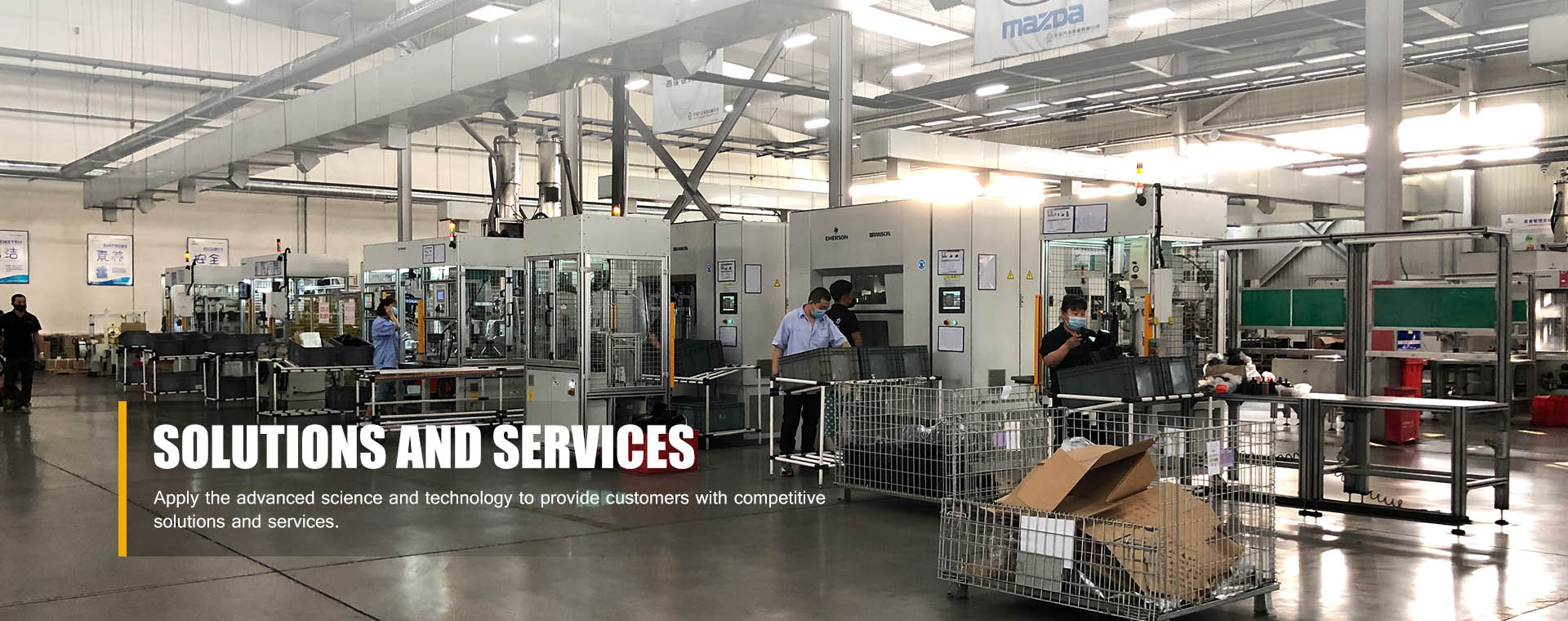Ultrasonic welding machine

Ultrasonic welding Rapid and economic assembly technique Providing clean and solid welding.
● Ultrasonic plastic welding machine
When ultrasonic waves act on the thermoplastic plastic contact surface, they will produce tens of thousands of high-frequency vibrations per second. This kind of high-frequency vibration with a certain amplitude will transmit the ultrasonic energy to the welding area through the upper weldment. Because the welding area and the acoustic resistance at the welding interface are large, so the local high temperature will be generated.
In addition, due to the poor thermal conductivity of the plastic, it cannot be distributed in time for a while, and it gathers in the welding area, causing the contact surface of the two plastics to melt rapidly, and after a certain pressure is applied, they are merged into one. After the ultrasonic stops, let the pressure continue for a few seconds to make it solidify and shape so that a strong molecular chain is formed to achieve the purpose of welding, and the welding strength can be close to the strength of the raw material.
● Ultrasonic metal welding
The principle of ultrasonic metal welding is to use the mechanical vibration energy of ultrasonic frequency (over 16KHz) to connect the same metal or dissimilar metal in a special method. When metal is ultrasonically welded, it neither delivers current to the workpiece nor applies a high-temperature heat source to the workpiece, but under static pressure, the vibration energy of the frame is transformed into friction work, deformation energy, and limited temperature rise between the workpieces. The metallurgical bonding between the joints is solid-state welding that is realized without the base material being melted, so it effectively overcomes the splash and oxidation phenomena that occur during resistance welding. Ultrasonic metal welding machines can perform single-point welding, multi-point welding, and short strip welding on thin wire or sheet materials of non-ferrous metals such as copper, silver, aluminum, and nickel. It can be widely used in the welding of SCR leads, fuse pieces, electrical leads, lithium battery pole pieces, and tabs.










